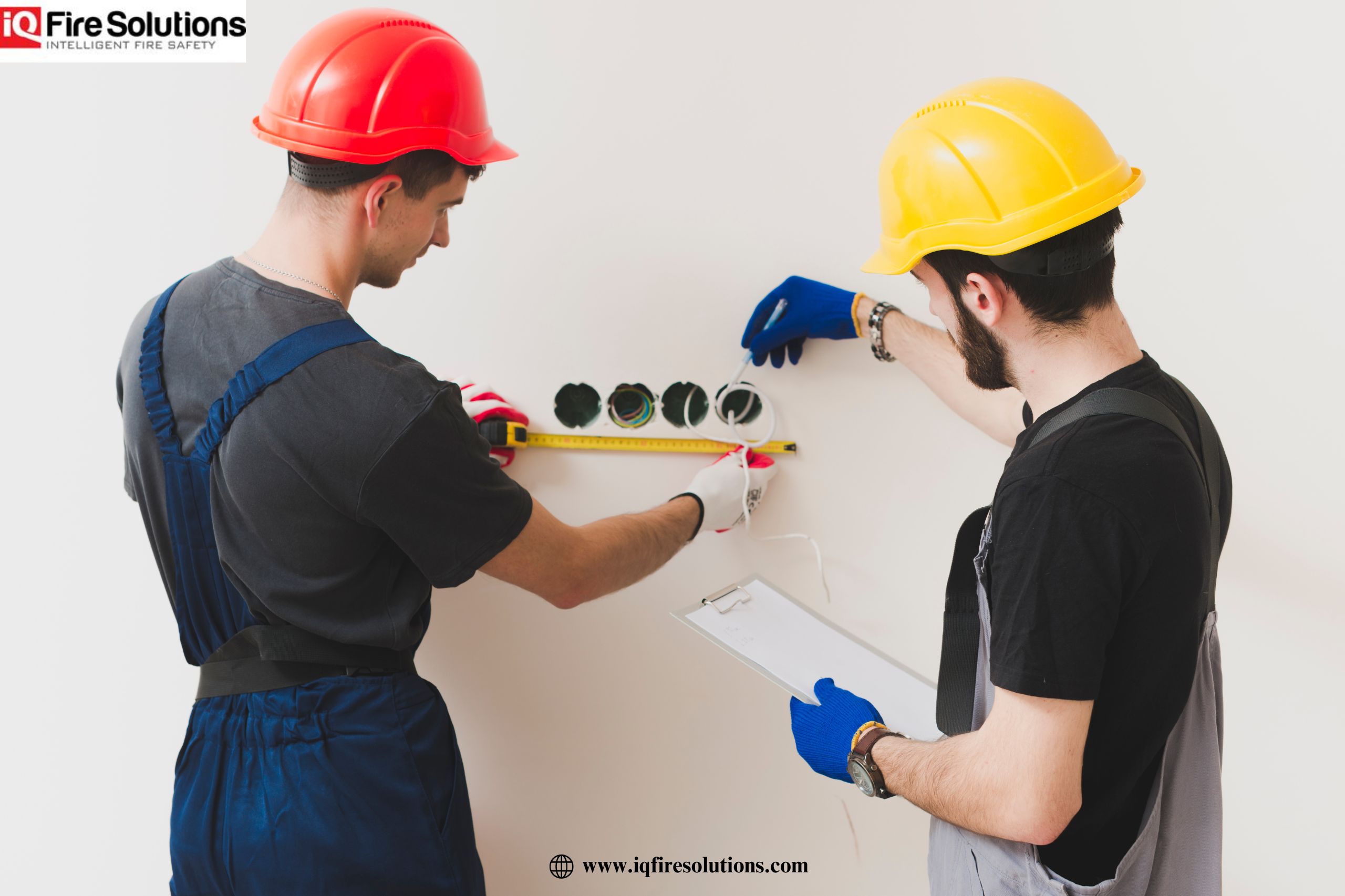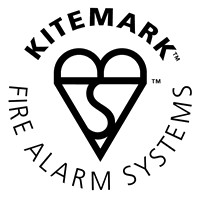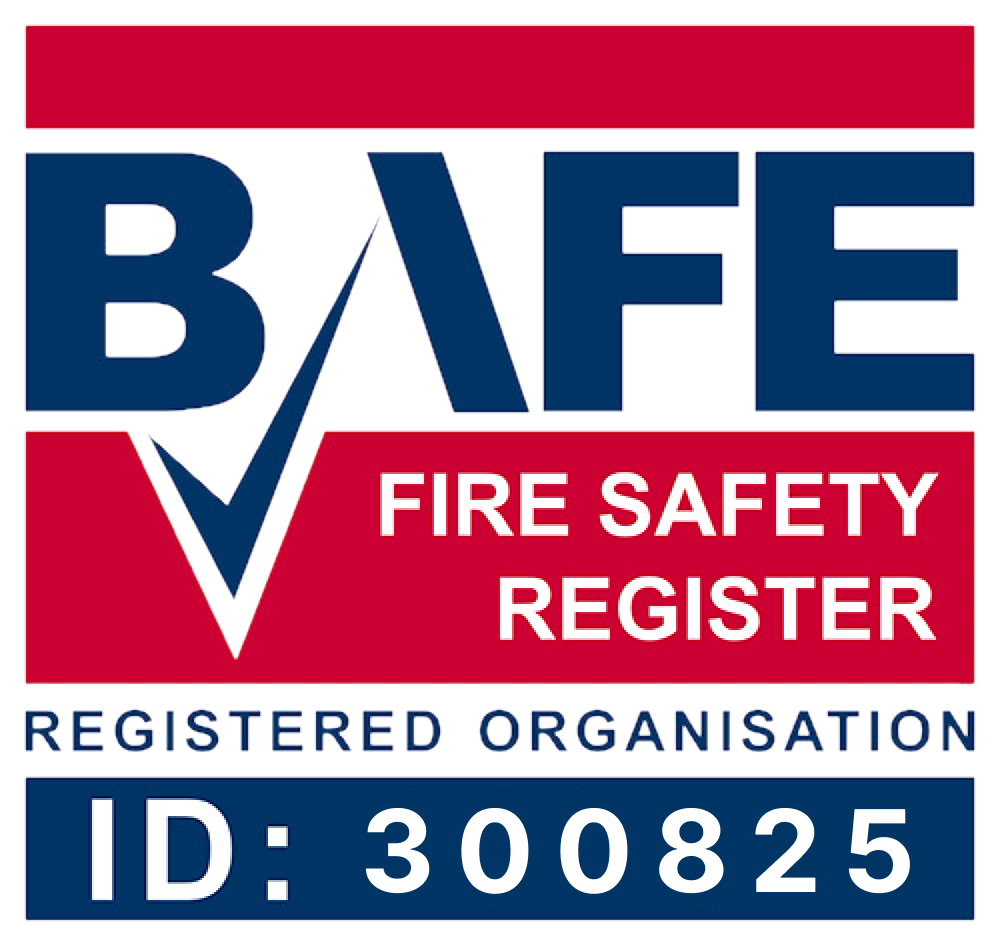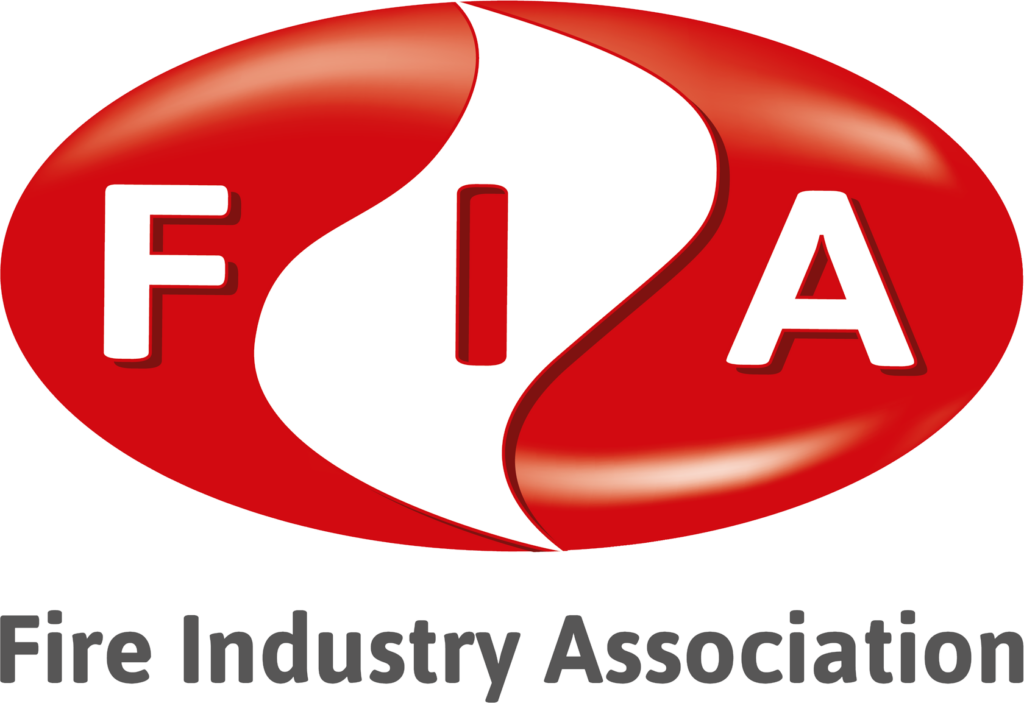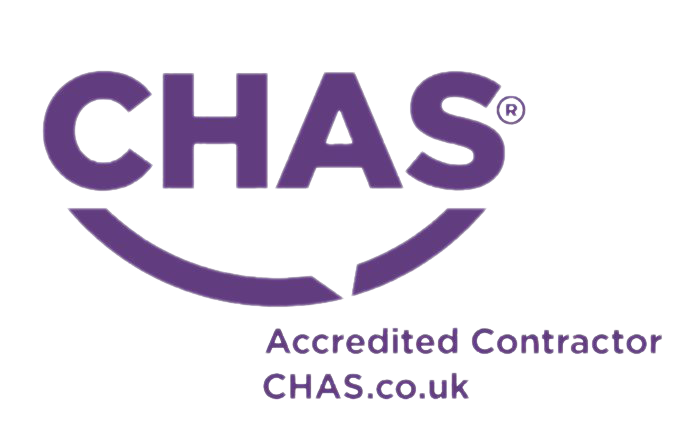Emergency lighting systems are essential for businesses to ensure a brighter future and provide safety in the event of an emergency.
Commercial buildings need reliable illumination solutions during power outages or other emergencies to prevent chaos and confusion among occupants.
In this article, we will explore different types of emergency lighting systems that can be used in commercial buildings.
Overview Of Emergency Lighting Systems
Emergency lighting systems are an essential part of any commercial building, providing illumination in the event of a power outage or other emergency. They’re there to ensure that people can leave the building safely and quickly; it’s also important for staff members to be able to locate exits easily and clearly.
These systems come in several different types, each with its own unique benefits. Some use battery backup solutions, while others rely on generators. There are even some which utilise renewable energy sources such as solar panels or wind turbines.
Each type offers varying levels of brightness and reliability, so it’s important to make sure you choose one that will meet your needs adequately. With careful consideration, you can have peace of mind knowing your building is equipped with an effective emergency lighting system.
Battery Backup Emergency Lighting
When the power goes out, it can be disorienting and even frightening. But with a battery backup emergency lighting system in place, commercial buildings can rest easy knowing they will remain illuminated during any outages.
These systems use large batteries that store energy when electricity is available and then supply light to parts of the building whenever there’s an outage. This ensures occupants are able to navigate safely through corridors or stairwells without fear of tripping or running into obstacles in the darkness.
Furthermore, this type of lighting also emits less heat than traditional incandescent bulbs – making them especially useful for overheated areas like attics or basements where temperatures may become too hot for people to stay for extended periods of time.
By properly installing battery backup emergency lighting systems in accordance with safety regulations, businesses have peace of mind knowing their employees and customers are safe from potential harm caused by sudden power loss.
In addition, these systems provide financial security as well; not only do they save money on expensive repairs due to damages from unexpected blackouts but they also help reduce energy costs throughout the year.
Generator-Powered Emergency Lighting
Generator-powered emergency lighting is an essential part of any commercial building’s safety plan. It provides a reliable source of light in the event of a power failure, reducing the risk of injury and damage due to poor visibility.
Generator-powered systems are designed to be able to switch on automatically if power fails, providing illumination for up to three hours or more depending on the size and capacity of the generator.
Most generator-powered emergency lighting systems use fluorescent lamps, as they provide good illumination with low energy consumption. The lights should be wired into their own dedicated circuit so that they can work independently from other electrical fixtures in case of an outage.
They are often connected to backup generators which supply electricity when mains power fails, ensuring that the system remains operational even during prolonged outages. In addition, some buildings may also have separate battery-backed systems which will take over in the event of a total blackout.
Solar Emergency Lighting
The concept of solar emergency lighting is an attractive proposition for commercial buildings. It offers a unique way to keep areas illuminated in the event of power outages, while also being sustainable and cost-effective.
This type of system utilises energy from the sun to provide backup illumination when conventional electricity fails; this makes it ideal for businesses looking to reduce their environmental impact as well as their overheads.
Solar emergency lighting systems are designed with convenience and efficiency in mind; they can be installed quickly and easily without any disruption or mess. These units come equipped with built-in sensors which detect changes in light levels, automatically turning on the lights when needed – providing immediate assurance that safety needs are met during a crisis situation.
Moreover, these emergency lights require minimal maintenance due to their robustness and reliability; meaning businesses can rest easy knowing that their premises will remain adequately lit even if the grid goes down unexpectedly.
Automated Testing Of Emergency Lighting
It is important to ensure that emergency lighting systems installed in commercial buildings are functioning correctly at all times. Automated testing of such lighting can be a vital component in achieving this goal.
Testing should include full power tests and inspections, along with short-duration checks, which help confirm correct operation on an ongoing basis. For larger premises or sites where the emergency lighting system covers multiple areas, automated annual tests may be suitable as they have the ability to run longer-term simulations of mains supply failure. This helps provide assurance that each area’s emergency lighting system will work effectively during any eventuality requiring evacuation.
Additionally, these types of tests allow for rapid identification of potential issues before they become dangerous problems. Therefore it is essential that regular testing takes place within commercial buildings to understand any faults early and maintain safety in the event of an emergency situation arising.
Maintenance Of Emergency Lighting Systems
Having discussed automated testing of emergency lighting systems, it is now necessary to turn our attention to the maintenance these types of systems require. After all, no matter how advanced a system may be, regular upkeep and servicing are essential in order to ensure they remain safe and reliable.
The most important elements when maintaining any emergency lighting system include:
– Regularly checking that batteries can support the load for the specified duration;
– Ensuring light output levels meet industry standards;
– Testing backup power supplies on a frequent basis;
– Keeping records of each test so you can track your progress over time.
It’s also worth noting that depending on the type of building you have – commercial or industrial – different regulations will apply with regard to Emergency Lighting Systems, so make sure you’re familiar with them before beginning any kind of maintenance work.
Furthermore, as technology advances it is becoming increasingly easier for businesses to monitor their lights remotely which helps save both money and resources in the long run. In other words, making sure your emergency lighting systems are regularly maintained will not only provide peace of mind but could help reduce costs too.
Advantages Of Emergency Lighting Systems
The darkness of an emergency can be daunting, but having the right lighting system in place can make all the difference. Like a beacon of hope cutting through the shadows, these systems provide life-saving illumination during times of crisis.
Emergency lighting systems come with several advantages for commercial buildings. They are designed to remain functional even when other power sources fail, ensuring that occupants have access to light and visibility no matter what happens. The lights also serve as directional indicators so people know which route to take towards safety.
In addition, they are highly durable and require minimal maintenance over time; hence businesses need not worry about their reliability or performance when it matters most. Emergency lighting systems ensure everyone is able to find their way out quickly and safely in any situation, giving businesses peace of mind knowing that everyone’s well-being is being taken care of.
Frequently Asked Questions
What Is The Approximate Cost Of Installing An Emergency Lighting System?
The approximate cost of installing an emergency lighting system isn’t easy to pinpoint, as it’ll depend on a variety of factors.
These include the type and size of the building, the amount and complexity of the wiring required and whether or not any existing systems need replacing.
Get in touch with us by calling 020 8500 9885 or fill out our contact form for a callback for a free quote!
How Do Emergency Lighting Systems Help Ensure Safety During A Power Outage?
When the lights go out, it is essential to have emergency lighting systems in place to ensure safety. This idiom really resonates when considering how emergency lighting systems help during a power outage; they are like a lighthouse beacon guiding people safely through otherwise dark passages.
Installed strategically throughout commercial buildings, these systems provide light and direction so that occupants can evacuate quickly and safely. They can also alert those within the building of potential hazards or obstacles that may be present due to lack of illumination.
Emergency lighting systems prove their worth time and time again by keeping people safe in challenging situations.
Are Emergency Lighting Systems Required By Law?
In the UK, yes; businesses are legally obliged to provide adequate levels of emergency lighting on their premises.
The Regulatory Reform (Fire Safety) Order 2005 states that it’s essential for employers to ensure fire safety and evacuation routes during a power cut or other emergency situation.
Emergency lighting must be installed in locations where there is a potential risk from fire, smoke or hazardous materials, and should illuminate escape routes so people can find their way out quickly and safely.
How Long Will The Batteries Last In A Battery-Powered Emergency Lighting System?
Ah yes, the age-old question: how long will batteries last in a battery-powered emergency lighting system?
It’s not like they’re magical, everlasting devices that can keep going forever. No, no sir!
We all know that batteries eventually run out of juice and you must replace them with fresh ones. But never fear – these little gizmos often have surprisingly lengthy lifespans, easily lasting up to six hours or more on a single charge.
Of course, it also depends on various factors such as the size of the building and voltage needed for operation.
So there you go folks; if you want your commercial building to stay well illuminated during an emergency situation – invest in some good quality battery-powered lighting systems!
Are Emergency Lighting Systems Suitable For Outdoor Use?
Emergency lighting systems are designed for use in commercial buildings and other structures, to provide illumination in the event of a power outage.
But are they suitable for outdoor use?
Generally speaking, emergency lighting can be used outdoors provided it’s installed correctly and given adequate protection from the elements.
However, depending on the weather conditions such as extreme temperatures or humidity levels, certain types of emergency lights may not be suitable.
It is important to always check before selecting an appropriate system to ensure that your requirements will be met.
It’s clear that emergency lighting systems provide a vital service to commercial buildings. They ensure safety in the event of power outages, providing light and guidance for occupants during an emergency.
This peace of mind is invaluable and comes at a reasonable cost when compared to the potential consequences of having no system installed.
At this point, it’s worth considering whether or not you need one. If so, think about your specific requirements – will it be used indoors or outdoors? How long do you expect its batteries to last?
Once these questions have been answered, you’ll be able to find the perfect solution for your needs – ensuring a brighter future for everyone in the building.


